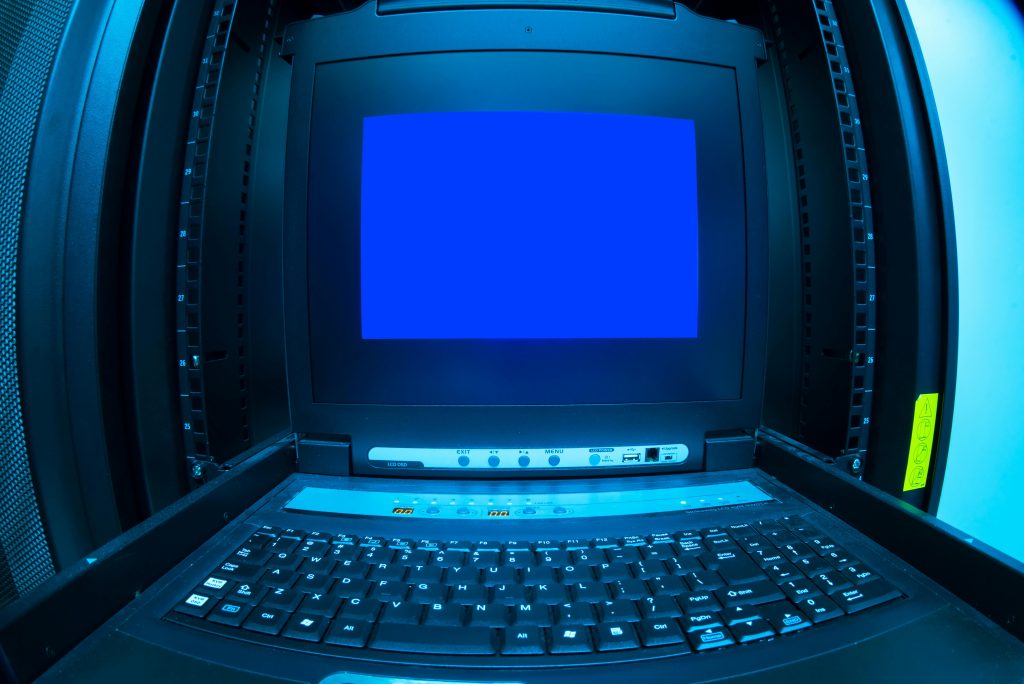Understanding POST Beep Codes and Indicator Lights: Troubleshooting Common PC Boot Issues
When troubleshooting desktop computer issues, especially during startup, it’s vital to interpret beeping sounds and indicator signals accurately. These cues help diagnose underlying hardware problems without the need for extensive disassembly. This article aims to clarify what specific beep sequences and LED indicators typically mean, using an example scenario to illustrate how to approach such issues effectively.
Scenario Overview
A user is attempting to diagnose a friend’s computer that exhibits startup problems. Initially, the PC emitted a series of three short beeps followed by one long beep. After cleaning dust from the system, the beeps changed to two short beeps. Additionally, a small cylindrical symbol near the power button on the front of the case is flashing red intermittently. The monitor displays no output, indicating a possible connection or hardware issue.
Understanding POST Beep Codes
Power-On Self Test (POST) beep codes are signals from the motherboard BIOS indicating hardware status during startup. Although beep sequences vary across motherboard manufacturers, some general patterns exist.
-
Three short beeps followed by one long beep: Commonly, this pattern can indicate a RAM or memory problem, such as faulty or improperly seated memory modules.
-
Two short beeps: Often, two short beeps are associated with a BIOS or video card problem. For instance, some BIOS brands interpret two short beeps as a video card error or display failure.
It’s important to consult the motherboard’s manual or manufacturer documentation, as beep codes are not universal. If available, identifying the BIOS maker (e.g., AMI, Phoenix, Award) can help find precise meanings.
Interpreting Indicator Lights
The small cylindrical symbol near the power button, especially if it’s flashing red, typically signifies an alert or fault condition monitored by the motherboard or power supply. Here’s what to consider:
-
Flashing red light: Could indicate a power supply issue, overheating, or motherboard fault.
-
No pattern: Random flashing could suggest intermittent hardware issues or sensor alerts.
Again, referencing the motherboard’s manual or manufacturer support resources can offer precise insights into what this indicator light signifies.
Troubleshooting Steps
Based on the information:
- Check Hardware Connections:
- Ensure RAM modules are properly seated. Remove and re-insert them, ensuring a secure fit.
-
Verify that the GPU (GeForce GTX 1060) is properly seated and power connectors are secure.
-
**Review Beep
Share this content:



